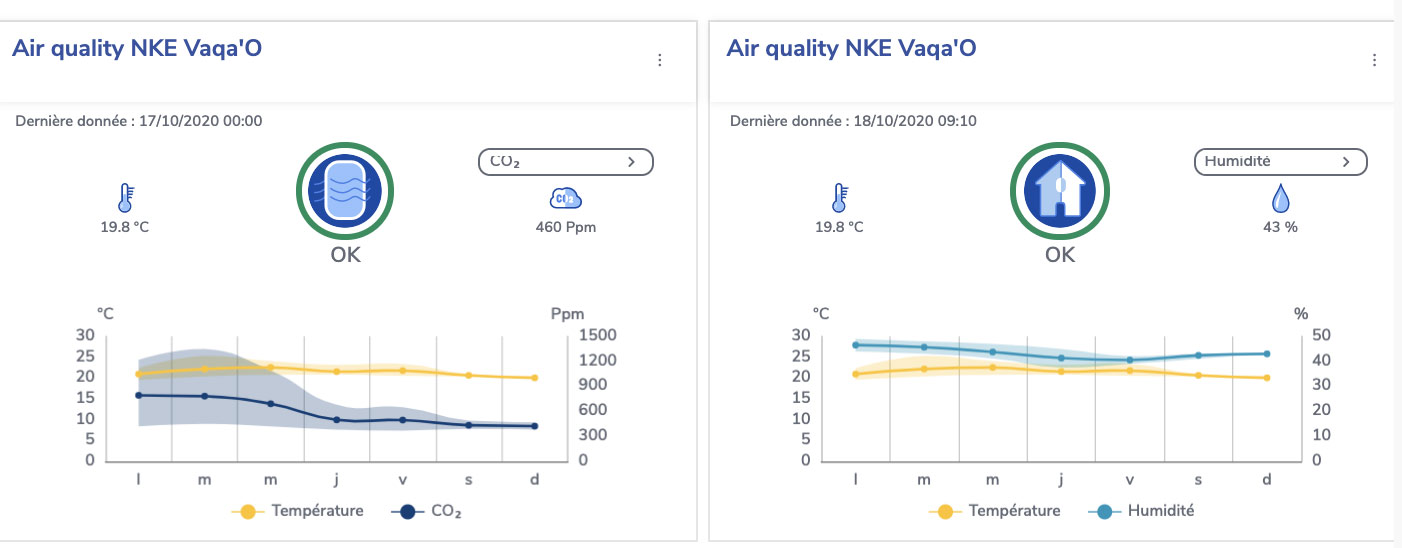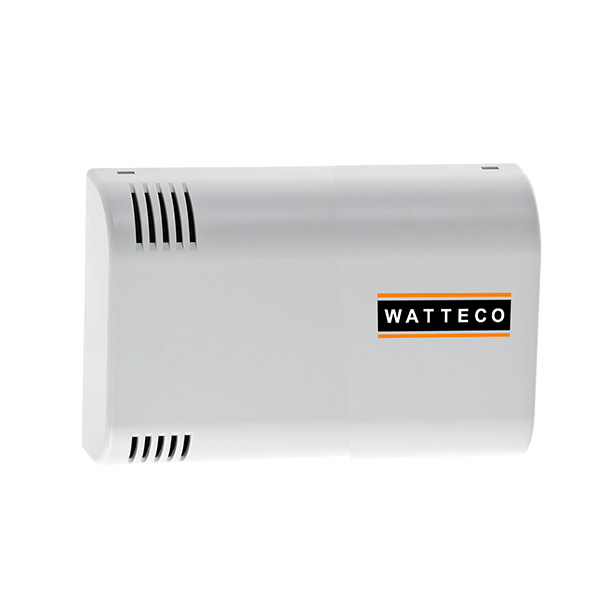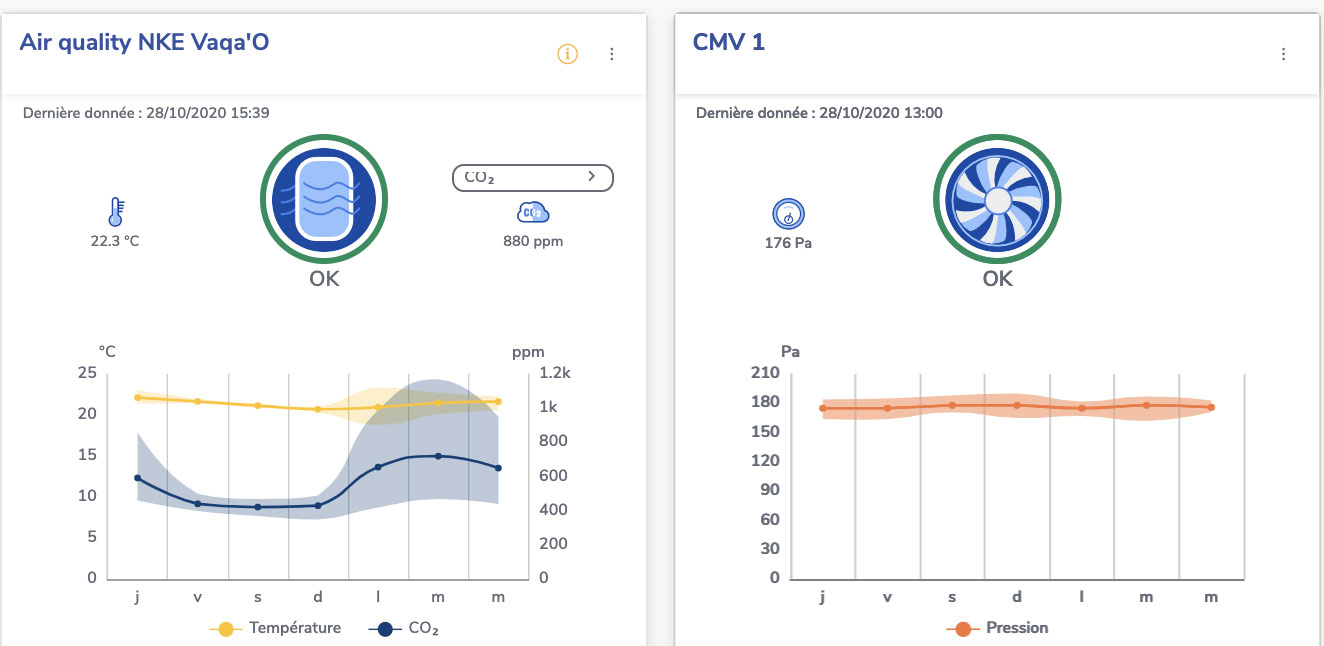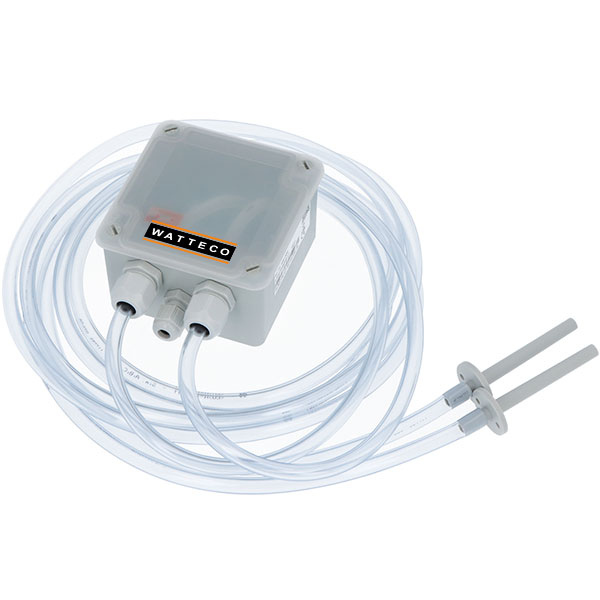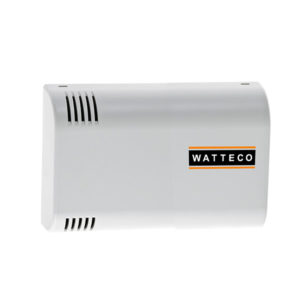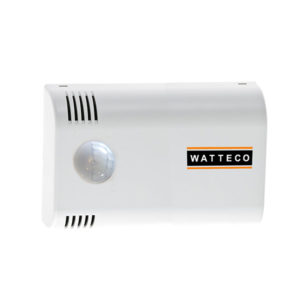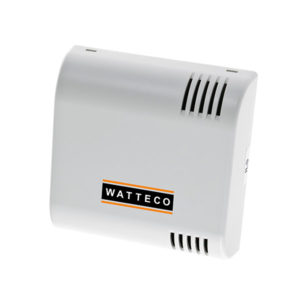Ventilation and Indoor Air Quality (IAQ) with Vaqa'O and Ventil'O
IAQ under the influence of air renewal, but also of products and equipment

Polluted air on a daily basis
The health stakes involved in indoor air quality are no longer in doubt. Poor indoor air quality is a silent scourge that has been slow to make itself known.
It was in the 1980s that the first scientific studies on the subject began to emerge and the first measures were taken. But the fight against poor air quality really intensified in the 2000s with the creation of the Indoor Air Quality Observatory (2001).
The air we breathe can reach a level of concentration of certain pollutants 10 times higher inside than outside our buildings and be the cause of nuisances to human health and death. This is all the more alarming since we spend 80 to 90% of our time indoors.
To maintain good indoor air quality and control the relative humidity in buildings, sufficient air renewal is essential and is provided by mechanical ventilation VMC or Air Handling Unit (AHU).
Several elements present in the air have an impact on its quality. These include:
- Chemical pollutants and other volatile organic compounds (VOCs) or semi-volatile organic compounds contained in finishing or construction materials,
- Exposure to gases and heavy metals such as lead, radon (radioactive gas), carbon dioxide C02, …),
- Asbestos,
- Indoor pollution linked to human activities (DIY, plants, animals, mites, cigarette smoke…),
- Moisture and mould, etc.
Existing regulations to guarantee the health of building users
National health and environment plans
In recent years, public authorities have become aware of the importance of indoor living and its sometimes harmful consequences on people’s health.
This led to the first national environmental health plan (PNSE) in 2004, followed by a second PNSE for 2009-2013, which incorporates the recommendations of the Grenelle Environment Round Table in 2007. The goal of the PNSE is to promote healthy construction and the prevention of risks related to building.
The approach has now become standard practice with a 3rd plan covering the period 2015-2019 and a 4th plan for health and the environment for the period 2020-2024.
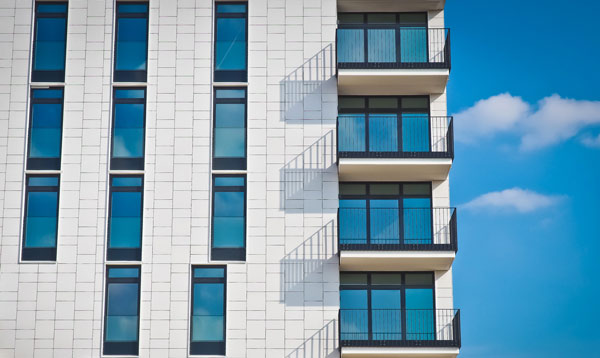
The rules on air quality
Here are a few rules to guarantee air quality:
- Requirement of minimum airflows in residential dwellings since 1982,
- Asbestos: research, monitoring and possibly obligation of work,
- Mandatory labelling of construction and decorative products such as paints (A + to C),
- Obligation to monitor indoor air quality in establishments open to the public (law of July 12, 2010).

How to make the building healthier?
Evolving in a healthy building allows the occupant to be more efficient and healthier. For the builder, it is of course essential to respect his legal obligations. But it is also an opportunity to go beyond the regulations imposed by adopting connected, modern and innovative solutions that can bring real added value to the building.
The use of connected objects such as connected sensors placed on and in the building is a way to build healthier. Thanks to these Vaqa’O and Ventil’O, it becomes easy to know in real time all the data of the building. Software solutions such as SMATI from Hxperience improve user comfort while reducing health risks.
With our connected sensors, you can control:
- The level of hygrometry
- Ambient temperature
- The level of CO2
- The level of VOCs
- The operation of ventilation and AHU
Vaqa’O
The Vaqa’O has several sensors allowing the measurement of chemical pollutants harmful to health, volatile organic compounds (VOC), carbon dioxide (CO2), formaldehyde, benzene, etc..
The Vaqa’O complies with the regulations that make it mandatory to monitor Indoor Air Quality (IAQ) in certain establishments open to the public.
Ventil’O
The Ventil’O allows the monitoring of the centralized ventilation boxes by periodically taking vacuum measurements.
For predictive maintenance, it allows to anticipate the change of the filter of the ventilation box by monitoring and to measure the depression in the air flow generated by the fan. In this way, the formation of mould in the housing can be avoided.
It also has functions for transmitting the vacuum measurements and emits alarms when a high or low vacuum threshold is exceeded.

